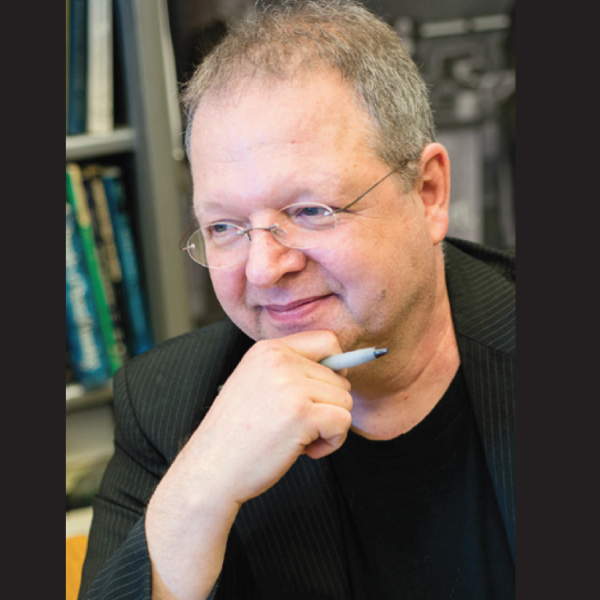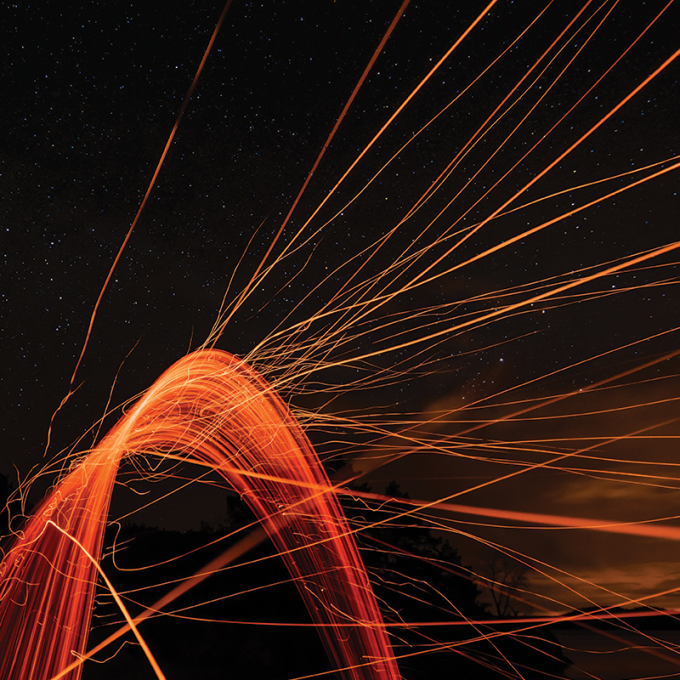Professor Bernatowicz retired from research and teaching in 2016. His most recent research focused on detailed laboratory observations of presolar grains (literally ancient stardust) from meteorites to draw inferences about the physical conditions in ancient circumstellar environments and about the formation of dust in the Galaxy. His research utilized isotope mass spectrometry and transmission electron microscopy (electron diffraction, electron energy loss spectrometry and energy dispersive X-ray spectrometry).
Teaching
Professor Bernatowicz was passionately devoted to quality undergraduate education in Physics, particularly at the introductory level. In 2004, he introduced a calculus-based physics sequence (Physics 197, Physics 198), based on the innovative textbook Six Ideas that Shaped Physics and teaching methods of Thomas A. Moore (Pomona College). This course, which he taught for a dozen years, was based on active learning both in and outside of the classroom, reminiscent of the techniques used in language and literature classes, rather than the traditional (passive) lecture-based course. Students were trained to think and to address problems the way that physicists do. Among other things, reading and problem solving, in both classical and modern physics, played key roles.
Professor Bernatowicz won the inaugural David Hadas Teaching Award in 2009, in recognition of "his commitment and excellence in teaching first year undergraduate students."
Professional History
Professor Bernatowicz received his undergraduate degree from Edinboro University of Pennsylvania in 1974, and his Ph.D. from Washington University in 1980. He became a Professor of Physics in 1998, serving in the Department of Physics until his retirement in 2016 as Professor Emeritus of Physics. He worked on a wide variety of problems in planetary geochemistry and geophysics, surface physics, and experimental nuclear physics, isotope geochemistry and astrophysics. He is a Fellow of the American Physical Society, a Fellow of the Meteoritical Society, and a member of the American Astronomical Society and the American Geophysical Union. He served on a number of national committees, among them the National Research Council Associateship Program, the NASA Cosmochemistry Program Management Operations Working Group, and the NSF Meteorite Working Group.
The graduate work of Prof. Bernatowicz included determination of average uranium content of lunar breccias by fission track methods; petrographic studies of lunar rocks; noble gas investigations of lunar fission Xe from the extinct isotope Pu-244; application of heavy noble gases to petrological problems, including the development of the first degassing models for the Earth using Xe isotopes. His post-graduate research included: evaluations of the terrestrial inventory of Xe; development of techniques for using mass spectrometers to study adsorption of noble gases in very low surface coverage regimes; the study of adsorption and migration of Xe and Ar in the lunar regolith; determination of actinide element abundances in meteorites; experimental studies of the solubilities of noble gases in silicate melts; theoretical and laboratory studies of isotopic fractionation during equilibrium adsorption and very low energy ion implantation of noble gases; proof of the double beta decay of Te-128 and measurement of its half-life (2.4 x 1024 yr -- the longest half-life ever determined experimentally); determination of a strict upper limit on the Majorana mass of the electron neutrino (< 1.5 eV) from experimental double beta decay lifetimes of Te-128 and Te-130.

